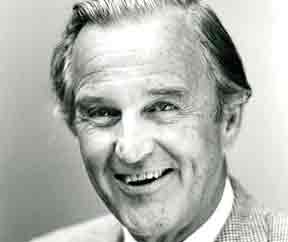Born on 19 February 1932, Graham Ellison first made his mark in sport, at which he excelled. He captained both cricket and hockey teams at school, played for Worcestershire Seconds and, while still a teenager, scored a century at Lords when captaining English Schools against the MCC.
His academic prowess matched that in sport. Based on his Mathematics and Physics performances at GCE ‘A’ level, he was offered a place at Cambridge, and won an Open Scholarship at University College London. He chose the latter, and specialised in Civil Engineering. After an award for Best Student of the Year, he subsequently gained a Doctor of Philosophy in 1956 with a thesis entitled Investigation of temperatures, heat transfer, and curvature upon optical glass window plates. During this time, he captained the College cricket team and played for the Hockey Firsts.
The next five years comprised an unusual, but ideal, formation for a future engineering academic. He spent periods at Gloster Aircraft, Canadair, Queen Mary College, London, and Pratt and Whitney (Aero Research) USA. With this wealth of experience, he obtained a Lectureship in Mechanical Engineering at Bristol University in 1967, where he remained until his retirement in 1997. Over this period, he was successively promoted to Reader, Professor and Head of Department in 1982. He was awarded the title of Emeritus Professor in 1997.
In research, he initiated and led an internationally renowned group concerned with the mechanical behaviour of engineering materials under real-life service conditions. Examples include fatigue, creep and their interactions, crack propagation and complex stress situations, with particular emphasis upon high-temperature behaviour. The ultimate goal was life prediction of components in conventional and nuclear power generation, aero engines and structures. In addition to the Engineering and Physical Science Research Council, extensive support for the programme was received from the United Kingdom Atomic Energy Authority, Central Electricity Generating Board, The Ministry of Defence, Rolls Royce and the EU. He received invitations worldwide for lecture tours, conferences, and advisory committees. He was a Fellow of the Institution of Mechanical Engineers and was awarded their James Clayton Prize by for a paper entitled Creep behaviour of components containing cracks. (co-authored with his student, M P Harper).
To meet perceived demands of industry and the nation, The Finniston Report (1980) urged a broadening of content, and the development of more relevant combinations, of Engineering degrees. This led to the provision of three- and four-year degrees, BEng and MEng programmes. Graham Ellison was champion of this philosophy within the Faculty, and despite hesitation on the part of some of his colleagues, a plethora of new courses emerged together with an expansion in student numbers. In 1993, the Department was awarded an ‘Excellent’ grade for its teaching by the Higher Education Funding Council.
He was extremely interested in the role and status of the engineer in society. An early Departmental Report (The Engineer: On Tap but Never on Top) outlined his concerns about the comparatively poor image and influence of engineers. In addition to the teaching developments cited above, he was a driving force in the creation of the Engineering Professors Conference which he chaired from 1991 to 1993, and in which he was active for many years.
Above all, he was never satisfied with the status quo, and sought how things might be improved. With that forward-looking nature, he would have inevitably placed the following sentiments relating to his demise in this order:
Let us now praise famous men, and our fathers that begat us.
The King is dead! Long live the King!
He predeceases his first wife, Jean, their two children (Huw and Karen) and his second wife, Barbara.
